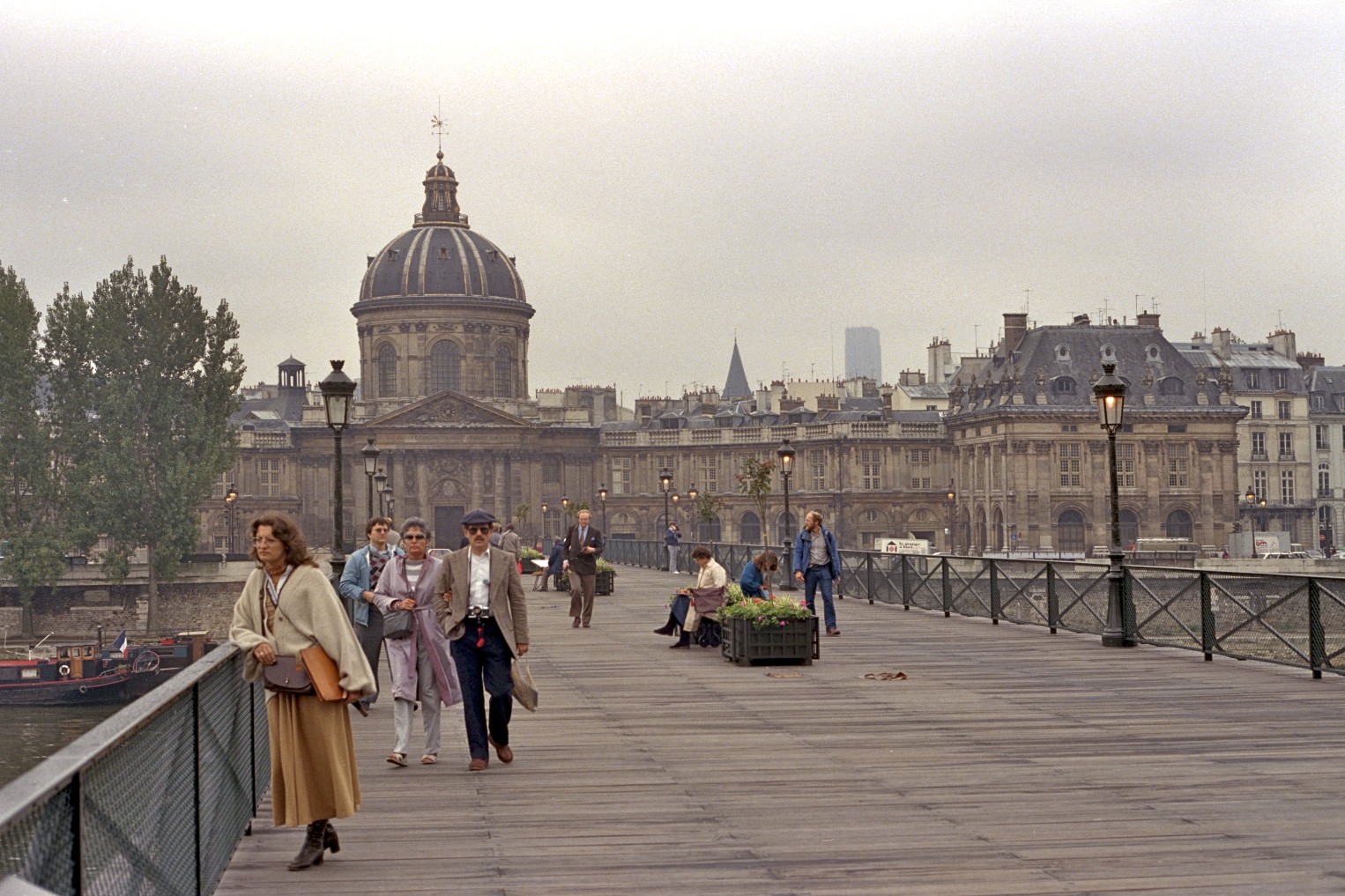
Palais Soubise
Palais Soubise and Hôtel de Rohan
We continue to the end of Rue des Rosiers and turn a few steps to the right where there is a tiny garden behind Notre-Dame-des-Blancs-Manteaux. We cross the garden past the church and turn left into Rue des Francs-Bourgeois to the National Archives in Palais Soubise and Hôtel de Rohan.

Hotel de Rohan
Archives Nationales are housed in many adjoining buildings. The best known are Hôtel de Rohan, facing Rue Vielle du Temple, and Palais Soubise, facing us. That palace was built in 1705 in the style of Louis XV. It has a horseshoe shaped garden in front.

Rue Pierre au Lard & Beaubourg
The museum houses 280 kilometres of shelves carrying six billion of state documents. Historic exhibitions are also held in Palais Soubise
Rue Pierre au Lard
From the museum we go to the next corner and there turn left Rue des Archives until we arrive at Rue Sainte-Croix-Bretonnerie, where we turn right. Just before we come to Palais Beaubourg we turn right into a crooked alley, Rue Pierre au Lard.
The ancient and dilapidated walls of the alley contrast with the avant-garde landmark of Palais Beaubourg in front of us.





















